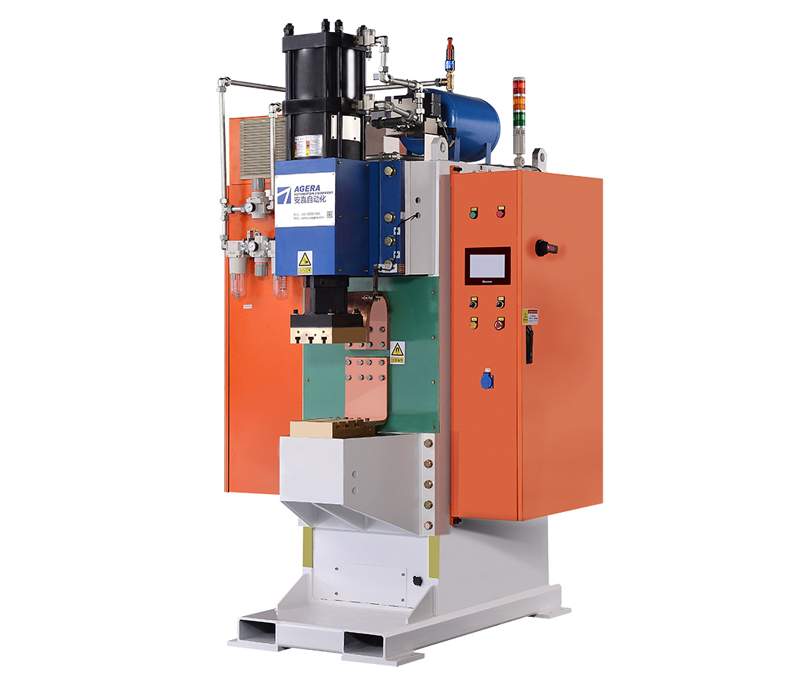The rapid evolution of capacitor discharge welding machines can be attributed to several key factors. This article delves into these factors, exploring the driving forces that have contributed to the swift growth and advancement of this technology.
The field of capacitor discharge welding has witnessed remarkable growth in recent years, owing to a combination of influential factors:
- Technological Innovations: Continuous advancements in welding technology have paved the way for the development of more efficient and precise capacitor discharge welding machines. Innovations in power electronics, controls, and automation have significantly enhanced the capabilities of these machines.
- Precision and Quality: Capacitor discharge welding offers superior precision and quality in welds. This factor has driven industries to adopt this technique for applications that demand accurate and reliable connections, further accelerating the development of related equipment.
- Shorter Cycle Times: Capacitor discharge welding machines enable faster welding cycles compared to traditional welding methods. The ability to achieve high-quality welds in shorter timeframes has led to increased productivity and efficiency, making these machines highly desirable in various industries.
- Reduced Heat Affected Zone (HAZ): The minimal heat input during capacitor discharge welding results in a smaller heat-affected zone around the weld joint. This aspect is particularly beneficial for welding delicate or heat-sensitive materials, contributing to the growing popularity of these machines.
- Ease of Integration: Capacitor discharge welding machines can be easily integrated into automated production lines, making them suitable for high-volume manufacturing processes. The compatibility with robotic systems and other automation technologies has spurred their rapid adoption.
- Energy Efficiency: The energy-efficient nature of capacitor discharge welding aligns with the global push for environmentally friendly manufacturing processes. The reduced energy consumption contributes to cost savings and sustainability.
- Diverse Applications: Capacitor discharge welding machines are versatile and applicable in various industries, including automotive, electronics, aerospace, and more. Their adaptability to different materials and components has broadened their scope of use.
- Quality Control Measures: The demand for consistent and high-quality welds has led to the integration of advanced monitoring and quality control systems in capacitor discharge welding machines. Real-time feedback and process optimization capabilities have further fueled their rapid development.
The swift growth of capacitor discharge welding machines can be attributed to a confluence of technological innovation, precision requirements, shorter cycle times, reduced heat-affected zones, ease of integration, energy efficiency, diverse applications, and quality control measures. As industries continue to seek efficient and reliable welding solutions, capacitor discharge welding technology is poised to play a pivotal role in shaping the future of manufacturing processes.
Post time: Aug-14-2023



